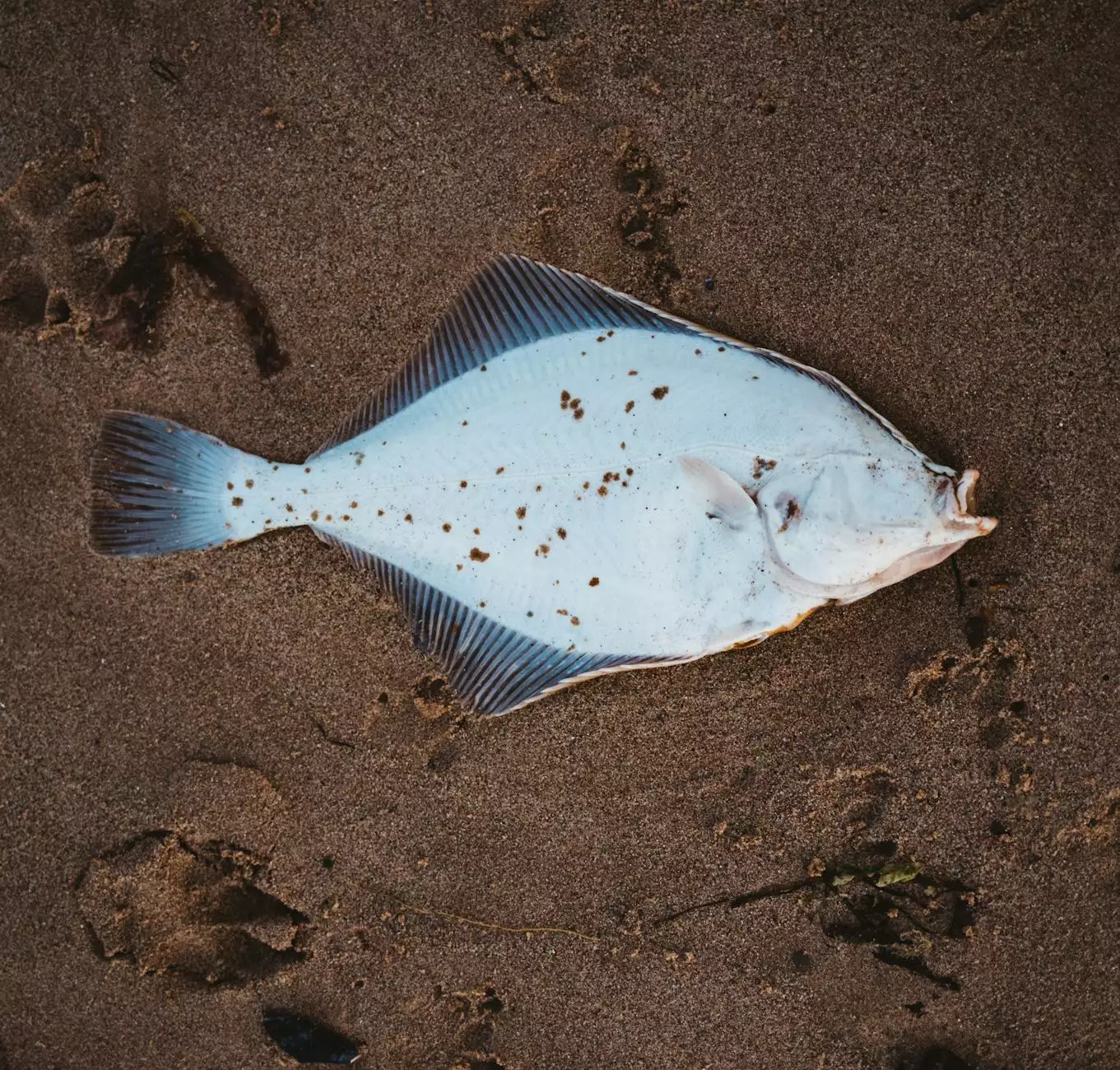Who Is At Fault In A Florida Side-Impact/T-Bone Accident?
Car Accidents
When it comes to side-impact or T-bone accidents in Florida, determining fault can be a complex process. These types of accidents occur when the front-end of one vehicle collides with the side of another vehicle, forming a "T" shape. Due to the nature of these accidents, it is crucial to understand the legal aspects surrounding fault and liability.
Understanding Florida's No-Fault Insurance System
Florida follows a no-fault insurance system, which means that after an accident, each party involved is responsible for seeking compensation from their own insurance company regardless of who caused the accident. However, in cases where serious injuries or significant property damage occur, fault becomes a critical factor in pursuing a personal injury claim.
Determining Fault in Side-Impact/T-Bone Accidents
Establishing fault in a side-impact or T-bone accident requires a thorough investigation of the circumstances surrounding the accident. Here are some key factors that may be considered when determining fault:
1. Traffic Laws and Regulations
Violation of traffic laws and regulations can be an important indicator of fault. If one driver disregarded a traffic signal, failed to yield the right of way, or was speeding, it can contribute to establishing fault in the accident.
2. Eye-Witness Testimonies
Eye-witness accounts can provide valuable evidence in determining fault. Eyewitnesses who saw the accident take place and can provide a detailed account of events may help to establish fault more accurately.
3. Police Reports and Accident Reconstruction
Official police reports and accident reconstruction analyses can play a vital role in determining fault. Police officers who respond to the accident scene will document their observations, interview witnesses, and assess the scene to create an accurate report. Accident reconstruction specialists may also be employed to recreate the accident and provide expert opinions on fault.
4. Vehicle Damage Assessment
Examining the extent and location of the damage to the vehicles involved can provide insights into the mechanics of the accident and who is likely at fault. For example, if the damage is predominantly on the side of one vehicle, it suggests that vehicle was struck and potentially bears less fault.
5. Driver Statements
Statements from the drivers involved in the accident can also be considered when determining fault. However, it is important to note that sometimes drivers may be unaware of their actions or may provide inaccurate information unintentionally.
Protecting Your Legal Rights
If you have been involved in a side-impact or T-bone accident in Florida, it is crucial to protect your legal rights. Here are some steps to consider:
1. Seek Medical Attention
First and foremost, prioritize your health and seek immediate medical attention for any injuries sustained in the accident. Even if you do not feel immediate pain, some injuries may have delayed symptoms.
2. Document the Scene
Take photos of the accident scene, including any skid marks, vehicle damage, and road conditions. This documentation can serve as valuable evidence for your case.
3. Obtain Contact Information
Collect contact information from witnesses and all parties involved in the accident. These individuals may be called upon to provide testimony or support your claim.
4. Contact an Experienced Personal Injury Attorney
Consulting with a knowledgeable personal injury attorney specializing in side-impact accidents is essential. An attorney can guide you through the legal process, protect your rights, and help you pursue the compensation you deserve.
If you are looking for a trusted attorney in Florida, John Hugh Shannon is your reliable advocate. With extensive experience in handling personal injury cases, including side-impact accidents, John Hugh Shannon is committed to helping clients navigate the complexities of the legal system and ensuring their rights are protected.
To learn more about side-impact and T-bone accidents in Florida or to schedule a consultation, contact John Hugh Shannon today.
Conclusion
In conclusion, determining fault in a Florida side-impact or T-bone accident involves a comprehensive evaluation of various factors such as traffic laws, eyewitness testimonies, police reports, vehicle damage assessment, and driver statements. If you have been involved in such an accident, it is crucial to protect your legal rights by seeking medical attention, documenting the scene, obtaining contact information, and consulting with an experienced personal injury attorney like John Hugh Shannon. By taking these steps, you can navigate the legal system confidently and pursue the compensation you deserve.










